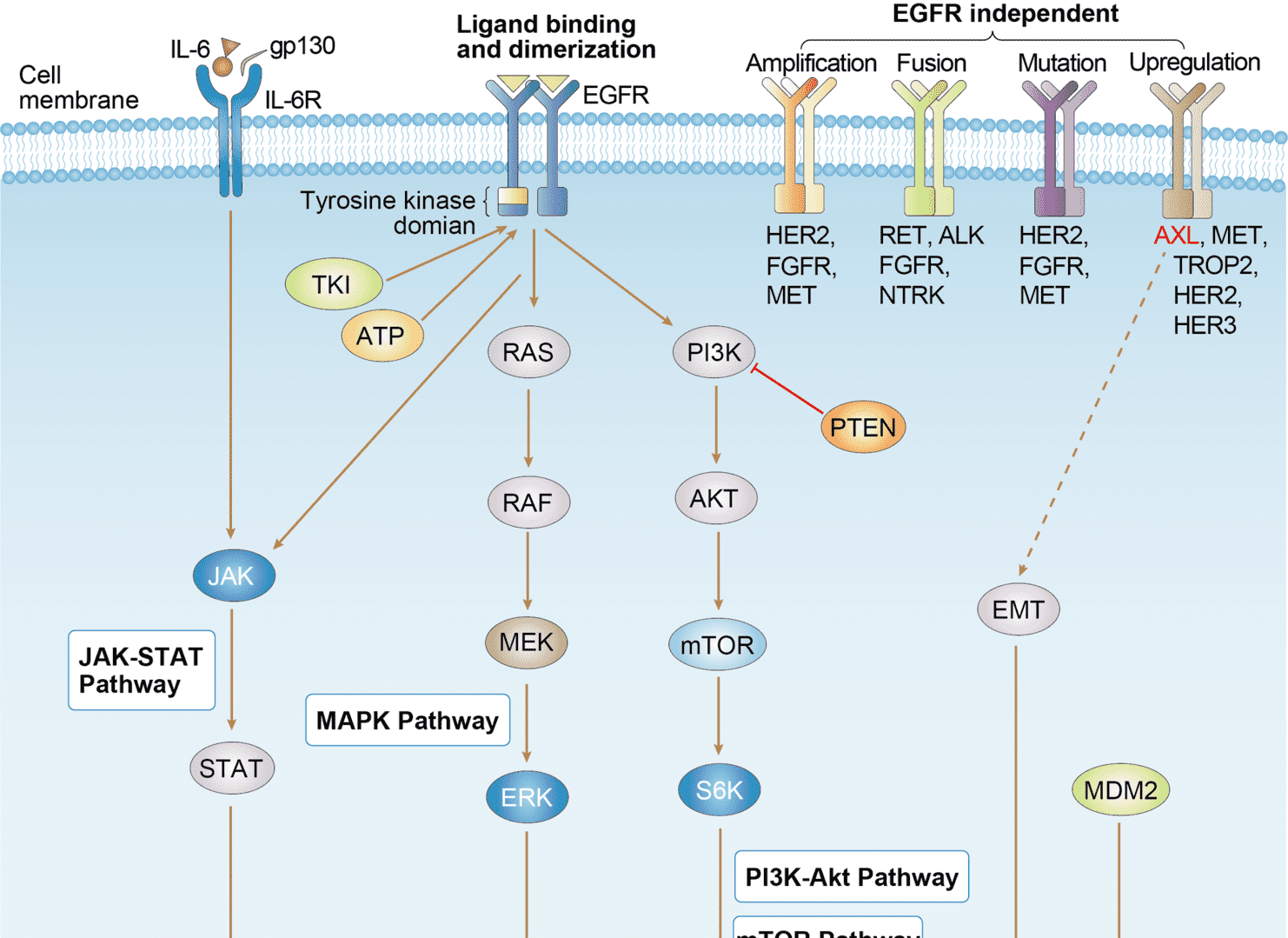Recombinant Rabbit Anti-RB1 Antibody (clone R03-4E9) (CAT#: VS3-FY1253)
This product is a recombinant rabbit antibody that recognizes RB1. This antibody has been reported for use in Western Blot. The clone R03-4E9 is specific for mouse RB1. The antigen is human rb synthetic peptide.

Figure 1. Recombinant Rabbit Anti-RB1 Antibody (clone R03-4E9) in WB.
Western Blot analysis of Rb in 3T3 lysates using Rb antibody.
Specifications
- Immunogen
- Human Rb synthetic peptide.
- Host Species
- Rabbit
- Type
- Rabbit IgG
- Specificity
- Mouse RB1
- Species Reactivity
- Mouse
- Clone
- R03-4E9
- Applications
- Western Blot
- Conjugate
- Unconjugated
- MW
- Calculated MW: 106 kDa; Observed MW: 110 kDa
Product Property
- Purification
- Affinity Purified
- Purity
- >95% as determined by SDS-PAGE
- Buffer
- 50 mM Tris-Glycine, pH 7.4, 0.15 M NaCl, 40% glycerol, 0.05% BSA
- Preservative
- 0.01% Sodium azide
- Storage
- Centrifuge briefly prior to opening vial. Store at +4°C short term (1-2 weeks). Aliquot and store at -20°C long term. Avoid repeated freeze/thaw cycles.
Applications
- Application Notes
- Western Blot: 1/500-1/1000
Target
- Alternative Names
- RB Transcriptional Corepressor 1; Protein Phosphatase 1, Regulatory Subunit 130; Prepro-Retinoblastoma-Associated Protein; Retinoblastoma 1; P105-Rb; Pp110; PRb; RB
- Gene ID
- 5925
- UniProt ID
- P06400
- Sequence Similarities
- Belongs to the retinoblastoma protein (RB) family.
- Cellular Localization
- Nucleus
- Post Translation Modifications
- Phosphorylated by CDK6 and CDK4, and subsequently by CDK2 at Ser-567 in G1, thereby releasing E2F1 which is then able to activate cell growth. Dephosphorylated at the late M phase. SV40 large T antigen, HPV E7 and adenovirus E1A bind to the underphosphorylated, active form of pRb. Phosphorylation at Thr-821 and Thr-826 promotes interaction between the C-terminal domain C and the Pocket domain, and thereby inhibits interactions with heterodimeric E2F/DP transcription factor complexes. Dephosphorylated at Ser-795 by calcineruin upon calcium stimulation. CDK3/cyclin-C-mediated phosphorylation at Ser-807 and Ser-811 is required for G0-G1 transition. Phosphorylated by CDK1 and CDK2 upon TGFB1-mediated apoptosis.
N-terminus is methylated by METTL11A/NTM1 (By similarity).
Monomethylation at Lys-810 by SMYD2 enhances phosphorylation at Ser-807 and Ser-811, and promotes cell cycle progression. Monomethylation at Lys-860 by SMYD2 promotes interaction with L3MBTL1.
Acetylated during keratinocyte differentiation. Acetylation at Lys-873 and Lys-874 regulates subcellular localization. Can be deacetylated by SIRT1.
- Protein Refseq
- NP_000312.2
- Function
- Tumor suppressor that is a key regulator of the G1/S transition of the cell cycle (PubMed:10499802).
The hypophosphorylated form binds transcription regulators of the E2F family, preventing transcription of E2F-responsive genes (PubMed:10499802).
Both physically blocks E2Fs transactivating domain and recruits chromatin-modifying enzymes that actively repress transcription (PubMed:10499802).
Cyclin and CDK-dependent phosphorylation of RB1 induces its dissociation from E2Fs, thereby activating transcription of E2F responsive genes and triggering entry into S phase (PubMed:10499802).
RB1 also promotes the G0-G1 transition upon phosphorylation and activation by CDK3/cyclin-C (PubMed:15084261).
Directly involved in heterochromatin formation by maintaining overall chromatin structure and, in particular, that of constitutive heterochromatin by stabilizing histone methylation. Recruits and targets histone methyltransferases SUV39H1, KMT5B and KMT5C, leading to epigenetic transcriptional repression. Controls histone H4 'Lys-20' trimethylation. Inhibits the intrinsic kinase activity of TAF1. Mediates transcriptional repression by SMARCA4/BRG1 by recruiting a histone deacetylase (HDAC) complex to the c-FOS promoter. In resting neurons, transcription of the c-FOS promoter is inhibited by BRG1-dependent recruitment of a phospho-RB1-HDAC1 repressor complex. Upon calcium influx, RB1 is dephosphorylated by calcineurin, which leads to release of the repressor complex (By similarity).
(Microbial infection) In case of viral infections, interactions with SV40 large T antigen, HPV E7 protein or adenovirus E1A protein induce the disassembly of RB1-E2F1 complex thereby disrupting RB1's activity.
Recommended Products
Secondary Antibody
Isotype Control
Related Resources
Product Notes
This is a product of Creative Biolabs' Hi-Affi™ recombinant antibody portfolio, which has several benefits including:
• Increased sensitivity
• Confirmed specificity
• High repeatability
• Excellent batch-to-batch consistency
• Sustainable supply
• Animal-free production
See more details about Hi-Affi™ recombinant antibody benefits.
Downloads
Download resources about recombinant antibody development and antibody engineering to boost your research.
See other products for "RB1"
Recombinant Antibody
| CAT | Product Name | Application | Type |
|---|---|---|---|
| MOB-1108MZ | Recombinant Mouse Anti-Human RB1 Antibody (clone 283D2005) | WB | Mouse antibody |
| MRO-1323-CN | Recombinant Rabbit Anti-RB1 Monoclonal Antibody (CBACN-479) | WB, IF, IHC, IP | Rabbit IgG |
| VS3-QX960 | Mouse Anti-RB1 Recombinant Antibody (clone 7H10-C5-E6) | WB, IHC, ICC, FC, ELISA | Mouse IgG1 |
| VS3-CJ435 | Rabbit Anti-RB1 Recombinant Antibody (VS3-CJ435) | WB, ICC, IF, IHC, IP | Rabbit IgG |
| VS3-CJ436 | Rabbit Anti-RB1 (phospho S807) Recombinant Antibody (VS3-CJ436) | WB, ICC, IF, IHC | Rabbit IgG |
Rabbit Monoclonal Antibody
| CAT | Product Name | Application | Type |
|---|---|---|---|
| MOR-3015 | Hi-Affi™ Recombinant Rabbit Anti-RB1 Monoclonal Antibody (DS3015AB) | ICC/IF, IP, WB | IgG |
| MOR-4704 | Hi-Affi™ Recombinant Rabbit Anti-RB1 Monoclonal Antibody (TH218DS) | WB, IF, ICC, FC | IgG |
| MOR-4705 | Hi-Affi™ Recombinant Rabbit Anti-RB1 Monoclonal Antibody (TH219DS) | WB, IF, ICC, FC | IgG |
| MOR-4706 | Hi-Affi™ Recombinant Rabbit Anti-RB1 Monoclonal Antibody (TH220DS) | WB, IF, ICC | IgG |
Customer Reviews and Q&As
There are currently no Customer reviews or questions for VS3-FY1253. Click the button above to contact us or submit your feedback about this product.
View the frequently asked questions answered by Creative Biolabs Support.
For Research Use Only. Not For Clinical Use.
For research use only. Not intended for any clinical use. No products from Creative Biolabs may be resold, modified for resale or used to manufacture commercial products without prior written approval from Creative Biolabs.
This site is protected by reCAPTCHA and the Google Privacy Policy and Terms of Service apply.









 EGFR Tyrosine Kinase Inhibitor Resistance
EGFR Tyrosine Kinase Inhibitor Resistance
